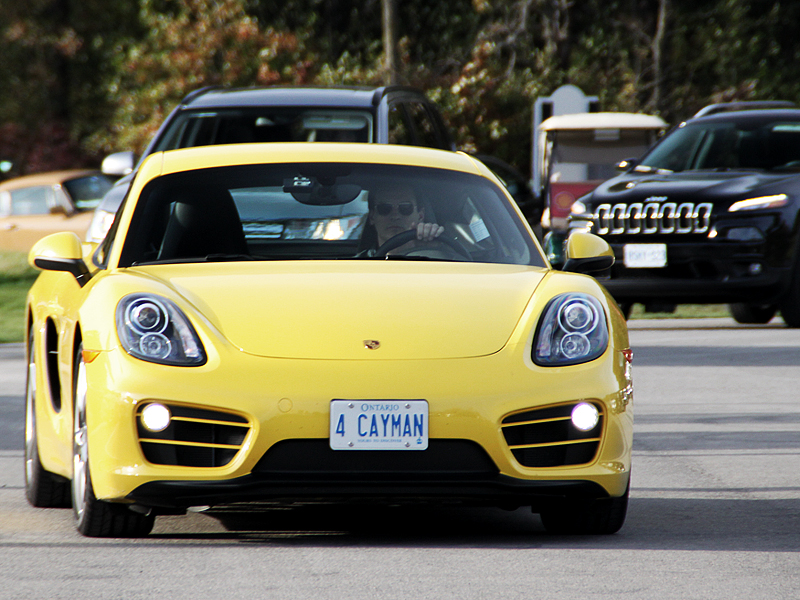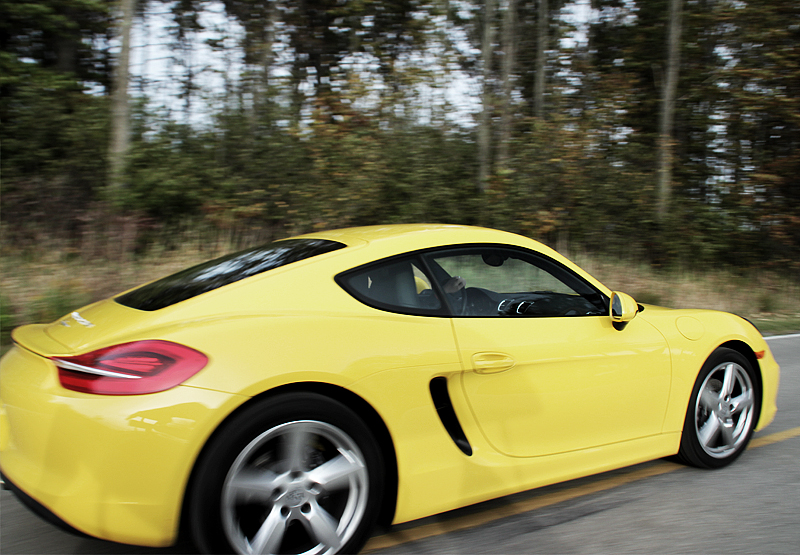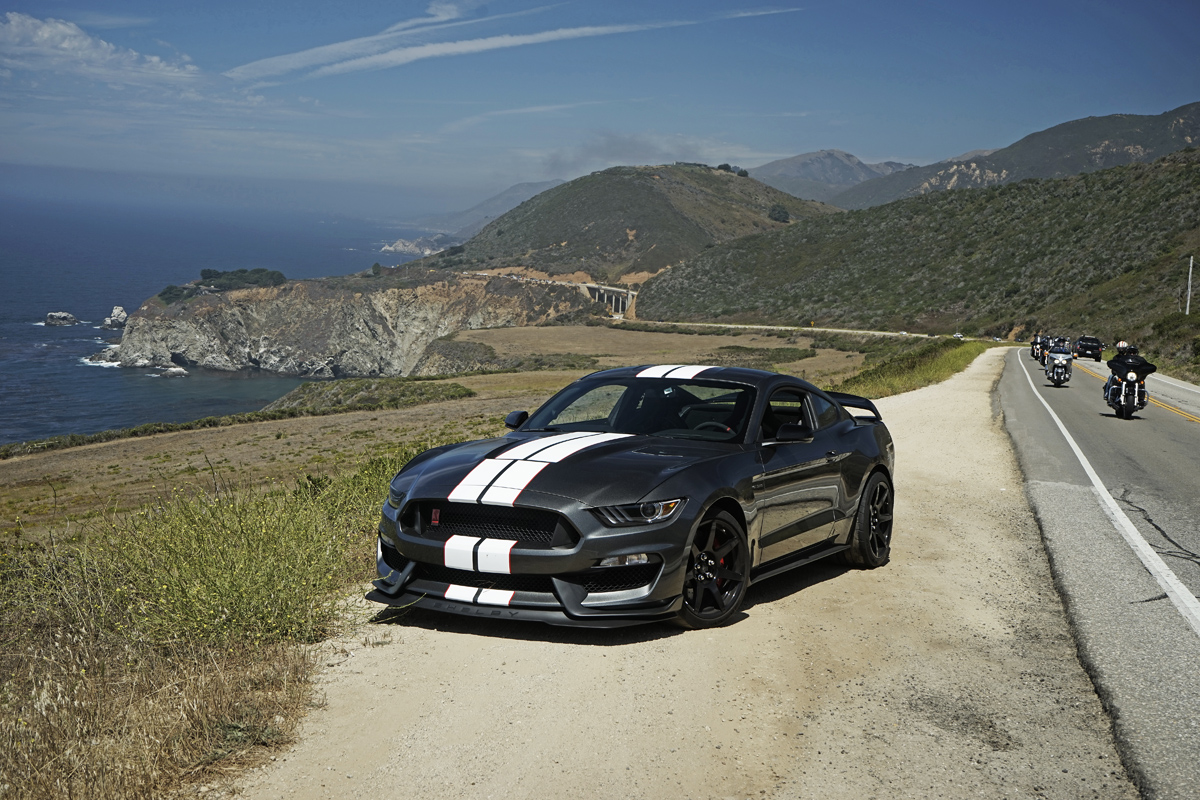Cayman’s got bite! _

At the Automobile Journalist Association of Canada’s (AJAC) TestFest event last fall, the 2014 Cayman went up against a host of “all-new” models in the annual Sports Performance car shoot-out. These new or significantly-updated 2014 models include the BMW 435i xDrive (663 pts.), Corvette Stingray (673 pts.), Jaguar F-Type V6 S (637 pts.), Mercedes-Benz E 350 4MATIC (637 pts.) and E 63 AMG S (661 pts.). The actual scores from TestFest are shown in brackets for reference — as voted on by more than 60 of my colleagues from across Canada, including a handful from here at PRN Ignition.
The Cayman held its own, placing second a mere eight points behind the very deserving Stingray in the category. And that is really saying something because AJAC’s Canadian Car of the Year (CCOTY) awards are byproducts of one of the most thorough, broadest-based testing and evaluation processes in the world.
Whereas the Porsche 911 is more of a rip-roaring, swing-dancing kind of car lineup, the Cayman is more Mikhail Baryshnikov in Tchaikovsky’s best-known ballet The Nutcraker. Naturally, the Boxster fills the role of Gelsey Kirkland alongside “Misha” in the latter. Like peas in a pod.
Such has been the symbiotic relationship between the Boxster and the Cayman since project 987 (Porsche’s internal name for it) began in 2005, with the introduction of the redesigned second-generation Boxster and the first-gen Cayman breaking cover to much fanfare.
Totally redesigned for the 2014 model year, the second-gen Cayman and third-gen Boxster have much in common. They still share the same internal project code — now 981 — and have the same wheelbase (2,475 mm), weight (1,310 kg — with the 2.7L engine and manual), 0.30 drag coefficient and the same basic rear mid-engine architecture.

Shared engines achieve similar performance, whether in base or S trim. The former 2.7L flat-six engine develops 275 hp and 214 lb-ft of torque at 6,500 rpm in the Cayman, and 215 hp and 207 lb-ft in the Boxster. Similarly, the Cayman S and Boxster S models get a 3.4L boxer engine making 325 and 315 horsepower, respectively.
As much as they are similar, they are such very different cars due to one simple fact: one of them is a drop-top while the other is a hard-top coupe.
In the design department, the Cayman is arguably hotter than all previous generations of the 911 combined. Now, that’s a loaded statement if there ever was one, but whereas 911 designers are pigeon-holed into rehashing its iconic design every six or seven years — with great success I should add — the youngest Porsche coupe has been redesigned but once. The results are plain to see on this 2014 model.
Compared to its predecessor, this Cayman is 30 kg lighter and 40% stiffer, with a longer wheelbase and wider track that greatly improve its dynamic handling response and, more importantly, the overall driving performance. So much so that, at times, you could almost swear you’re driving a much more expensive Porsche.
The 2014 body is more chiseled than the outgoing model, too. The body shell is galvanized on both sides, and paired with aluminum doors and lids in the fore and aft. Like the Boxster, the Cayman borrows many design cues from the harrowing Carrera GT and Nordschliefe-smashing 918 Spyder. And that’s a good thing. No — that’s a great thing!
Continue reading my full review of the 2014 Porsche Cayman on the IGNITION MAGAZINE website!
